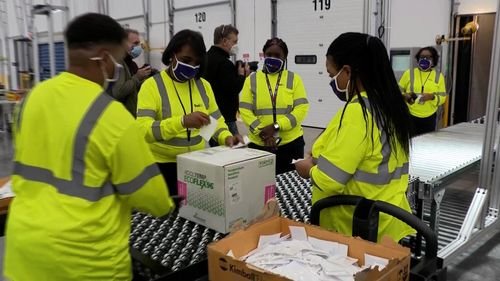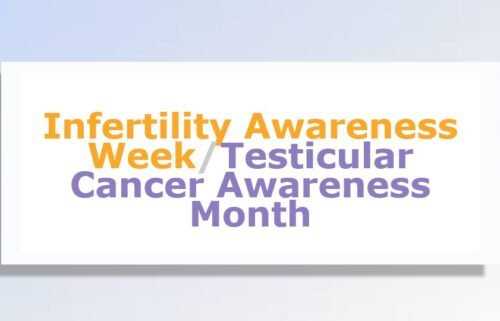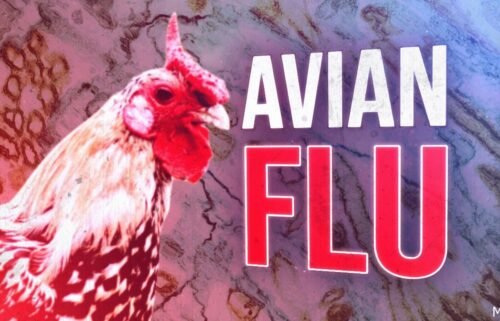US officials promised 20 million vaccinated against coronavirus by the end of the year. It’s going slower than that

While the coronavirus pandemic continued to surge throughout the summer and fall, federal government officials repeatedly offered a ray of hope: enough vaccine doses to vaccinate 20 million Americans by the end of December.
But after the first week of vaccine distribution and with only nine days left to meet their self-imposed deadline, Operation Warp Speed is on track to fall well short of 20 million shots in arms.
One count, from the US Centers for Disease Control and Prevention, shows about 11.4 million doses have been distributed as of Monday morning and about 2.1 million have been administered — not even close to the goal Warp Speed originally set.
Officials at US Health and Human Services and the CDC say the agency’s tallies are undercounting many vaccinations due to data lags, but even accounting for reporting delays, the US vaccination program appears to be taking longer than Warp Speed officials projected.
One early hurdle: A two-day US Food and Drug Administration requirement to assess each shipment of vaccine for quality control slowed down distribution. States were told by OWS to expect fewer doses for week two than originally planned. With the 20 million number seeming further from reach, OWS officials acknowledged last Monday they may not get there until January.
“We do still feel strongly that we will have allocated to the states by the end of the year 20 million doses of vaccine that’ll be available,” Gen. Gustave Perna, Operation Warp Speed’s chief operating officer said during the call December 21. “We feel confident that we will be distributing the end part of that vaccine no later than the first week in January for everybody to have access to.”
An HHS official said that nearly 16 million doses have already been allocated for states and jurisdictions to order. But, as more vaccine doses are available, both Operation Warp Speed and the state and health care partners receiving the vaccine will also need to be able to scale up the complicated distribution and logistics needed to get vaccines from point A to point B.
“It does seem like getting to 20 million by the beginning of the year is ambitious,” Dr. Marcus Plescia, chief medical officer for the Association of State and Territorial Health Officials, said.
Still, “people seem to be really very encouraged about how the vaccinations are going,” Plescia added. “Everybody seems to feel like they are using the supply that they have.”
Imperfect data
The vaccination effort is almost certainly moving faster than the low numbers the CDC data reveal. In addition to launching new vaccination programs, states are also grappling with new vaccination reporting tools, causing delays in the data. The latest numbers also do not include most of the larger vaccination efforts that are just getting underway this week in long-term care facilities.
CDC distribution data has just started to include the Moderna vaccine, which was rolling out to more than 3,500 locations. While the CDC plans to update the data regularly, daily updates are not slated to begin until 2021.Some states, like Michigan, are reporting their own data, but that state-level reporting lags, too.
Michigan Department of Health and Human Services Public Information Officer Lynn Sutfin pointed out that the state’s dashboard is not updated in real time and providers have up to 24 hours to upload their administered doses into the vaccine registry.
Michael Pratt, chief communications officer for Operation Warp Speed, lauded the federal government’s progress so far.
“These doses are being distributed at states’ direction to the American people as quickly as they are available and releasable, and the rapid availability and distribution of so many doses — with 20 million doses expected to be allocated for distribution just 18 days after the first vaccine was granted emergency use authorization — is a testament to the success of Operation Warp Speed,” Pratt said in a statement to CNN.
‘We still have not started’
On top of states recalibrating to the reality that they will receive fewer doses of Pfizer’s Covid-19 vaccine than initially promised in the next few weeks, they’re juggling how to ensure that every dose they receive gets administered in a timely manner.
While vaccines have been sent to every state, vaccinations are only just beginning in some areas. Dayton, Ohio, Mayor Nan Whaley said on CNN last Tuesday that her city had not yet started administering vaccines, although vaccinations began in Ohio on December 14.
“To date, we still have not started vaccine distribution in Dayton,” Whaley said Tuesday, adding that Christmas Eve will be the first day someone from Dayton receives the vaccine.
“We aren’t a big city that gets these assets quickly. We have talked about this, how testing was very slow in communities like Dayton and across the country, and I’m concerned that vaccine distribution will be slow as well,” she added.
Even though all states have data on the number of people being vaccinated, only 23 states have publicly released that information, a survey from Johns Hopkins University found.
CDC and state numbers are not a real-time reflection of the vaccinations happening on the ground, but they raise questions about how states are ensuring their full supply is being efficiently used. The lag between doses received and doses administered starts to become even more daunting when considering each state is slated to receive more doses from Pfizer and first round doses from Moderna last week; in many cases, the first week’s shipment of doses haven’t been fully administered yet.
In Michigan, the state’s Covid-19 vaccine dashboard December 28 shows only 37,660 doses of the vaccine have been administered out of the 231,075 doses sent to the state. Sutfin said the delay in shipments and lag in data updates explains the discrepancy.
“While Michigan received over 84,000 doses last week, they were not all received the same day. Vaccine is being delivered daily to hospitals and local health departments across the state. As they understand more about operations and clinic flow, we expect the time from receipt to administration to decrease” Sutfin told CNN.
Sutfin also outlined that the process for unpacking, inventorying, thawing, and coordinating each dose of vaccine “takes some time, so it is expected that at any point in time there will be a difference between vaccine received and doses administered.”
In Florida as of Monday morning, 118,764 people have received the Covid-19 vaccine. The state initially received 179,400 doses from Pfizer.
Florida Hospital Association President and CEO Mary Mayhew told CNN that reconfiguring clinical space in a socially distanced way and allocating staff for vaccine administration explain why the initial number of people vaccinated does not match the supply of vaccine available.
“I am confident that hospitals are efficiently and effectively deploying critical resources to support the urgent administration of vaccines to front line healthcare staff,” Mayhew said when asked if she was worried about the discrepancy. “Hospitals are working collaboratively with other community healthcare partners to support timely distribution of the vaccines.”
Even though states are overseeing the vaccine distribution process, many state health departments or governor offices have left the actual administration of the vaccine to the specific hospital, long-term care facility or pharmacy slated to receive the shipment. This decentralized structure could cause some delays in learning where weaknesses are in the process.
Mississippi Health Officer Dr. Thomas Dobbs explained during a Tuesday press conference that it was not the state’s job to make sure vaccines actually went into people’s arms once it was allocated to long-term care facilities.
“They haven’t started vaccinating,” Dobbs said referring to long term care facilities, “but we have released the allocation sufficient for them to get started so they’re in the process of getting that set up. And you know, that’s something that’s out of our control. But you know, within the next couple of weeks they’ll get that rolling.”
‘It’s a little frustrating’
Dr. Ashish Jha, dean of the Brown University School of Public Health, said he’s not surprised at some of the initial issues with the vaccine rollout.
“It’s a little frustrating because it’s not like we didn’t know that vaccines were coming,” he told CNN’s Kate Bolduan Monday.
“It’s going to go a little bit more slowly — again, better planning would have moved us faster, but here we are and let’s just get these vaccines out as quickly as we can, to the right people,” he said.
Dr. Georges Benjamin, executive director of the American Public Health Association, is more optimistic with the rollout, saying so far, it has gone “reasonably well.” He does hope the incoming Biden administration is thinking about how to get accurate numbers to states to set expectations for Americans about when life can return to normal.
“It is not in our interest to have these multiple estimates as to when it gets to the rest of the population because I don’t think you can do good planning that way,” Benjamin told CNN. “I hope the new administration is sitting down and thinking about the messaging, so people don’t get their hopes up to get vaccinated.”
That being said, the vaccines were developed in record time without the normal “bureaucratic pace,” Benjamin said. He believes this process has given Americans new exposure to what the vaccine development process is like.
“The American public is getting a good sense of the vaccination process that they’ve never had before, and I think that people should pay a lot of attention to this, when people talk about what public health does, this is an example of what we do,” Benjamin said.



